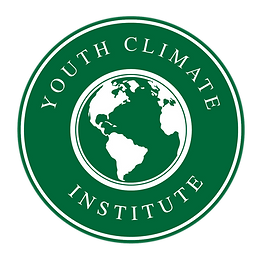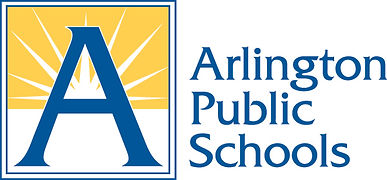New Paid Local Opportunity to become a Lead Teacher



A CURRICULUM RESOURCE FOR
EXPLORING AIR POLLUTION ISSUES AND SOLUTIONS
Why Air Quality?
Childhood asthma rates in Baltimore are more than 2x the national average.
The 10 warmest years have all occurred since 2010.
2020 tied 2016 as the warmest year on record.
23% higher risk of hospitalizations in Maryland for asthma during extreme heat events in 2016.
Air pollutants interfere with pollinators to find food and support our ecosystem.
1/3 of excess nitrogen from air pollution harms wildlife, fishing, native species, and food supply in the Chesapeake Bay
This puts more than 75% of our pollinated plants at risk. That’s ⅓ of every bite of food we eat.
Welcome to On the Air 2020!
Your path to teaching air quality starts here!
Check out one of our 5 modules on air quality, or take an overview tour of the curriculum. Based on the time you have to teach, and the grade level of your students, you may teach the whole curriculum or you may pick and choose individual modules. The path is up to you!
Modules

Module 1: Our Lungs, Our Air, Our Health
We breathe approximately 3,000 gallons of air every day. Can that air make you sick? In this module, we'll meet two students who suffer from asthma, and investigate the respiratory and circulatory systems as we learn about how our bodies interact with the air we breathe.
Key content: Human Body Systems, Ozone Pollution

Module 2: What's the Air Forecast?
Washington, D.C. is shrouded in a misty haze. Is it natural or man-made? And where is it coming from? In this module, we'll investigate the 6 Criteria Pollutants defined by the Clean Air Act and how they have changed over time. We'll also explore how weather and air pollution interact in order to predict when the next "Code Red Day" will arrive.
Key content: Human impacts on Earth Systems, Weather, Ozone Pollution

Module 3: Air Pollution in the Community
Where is that smoke coming from? In this module, we'll investigate Particulate Matter, one of the 6 Criteria Pollutants. We'll do this using a community health and environmental justice lens in order to find community-based solutions for dealing with mobile pollution sources.
Key content: Human Impacts on Earth Systems, Human Health, Particulate Matter Pollution, Environmental Justice
Module 4: Air & the Chesapeake Bay
The Chesapeake Bay is a vital resource for both humans and the environment. We usually don't think that pollution in the air affects the Bay, but it does. In this MWEE-based module, we'll investigate how nutrient air pollution affects life in the Bay and how we can protect this vital natural resource.
Key content: Ecosystem Dynamics, Human Impacts on Earth Systems, Nitrogen Pollution

Module 5: Air & Climate Change
Air pollution and climate change are often considered separate issues, but the greenhouse gases that contribute to climate change are just another part of our atmosphere. In this module, we'll consider the connection between air quality and climate change and how to combat both problems.
Key content: Climate Change, Sea Level Rise, Human Impacts on Earth Systems
Educational Partners







On the Air is an engaging curriculum resource developed by Clean Air Partners
On the Air empowers teachers and students to take simple actions to reduce air pollution and protect public health.




